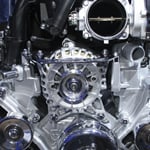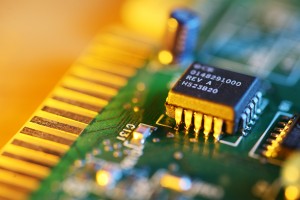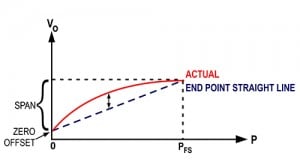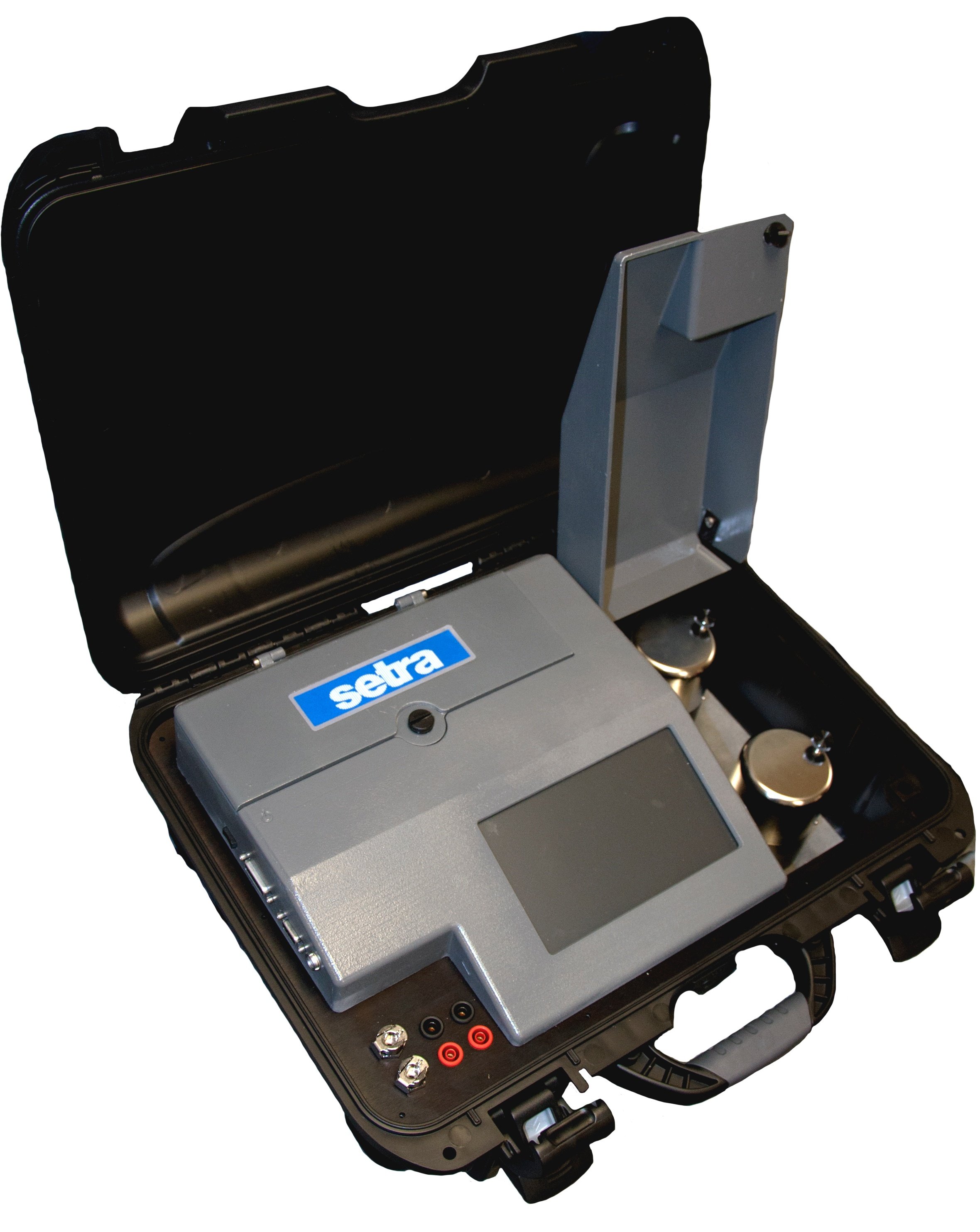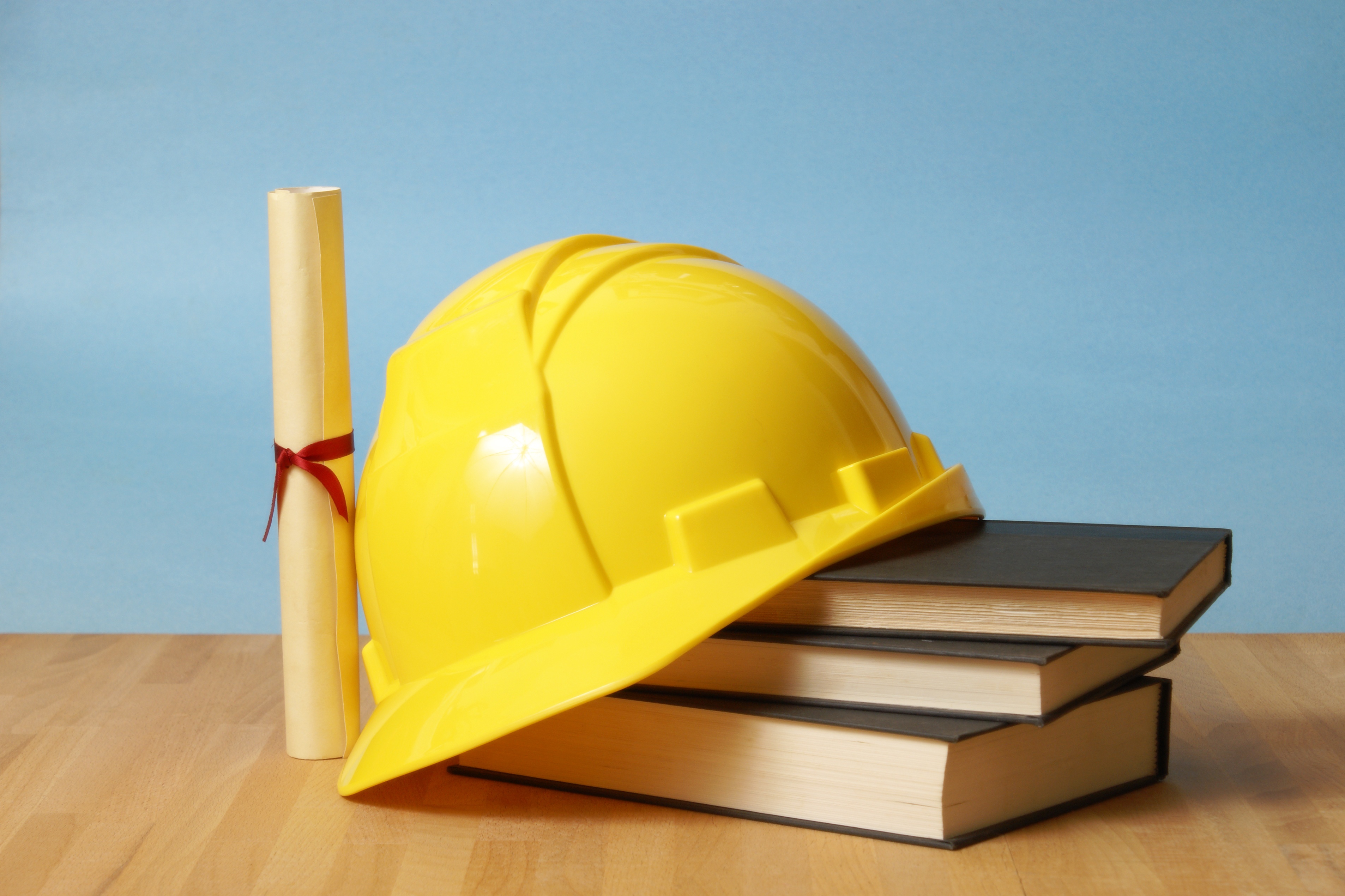In the Test and Measurement industry, pressure plays a large part in engine testing and automotive component manufacturing. That’s why wherever you find engines being tested, you’ll likely find transducers measuring everything from air intake pressures to exhaust back-pressures. In the automotive industry, you’ll find transducers measuring everything from tire inflation pressure for dynamometer testing to controlling tool pressure during crankshaft journal burnishing.
See below for the many categories and descriptions of where Test & Measurement transducers are used and why:

